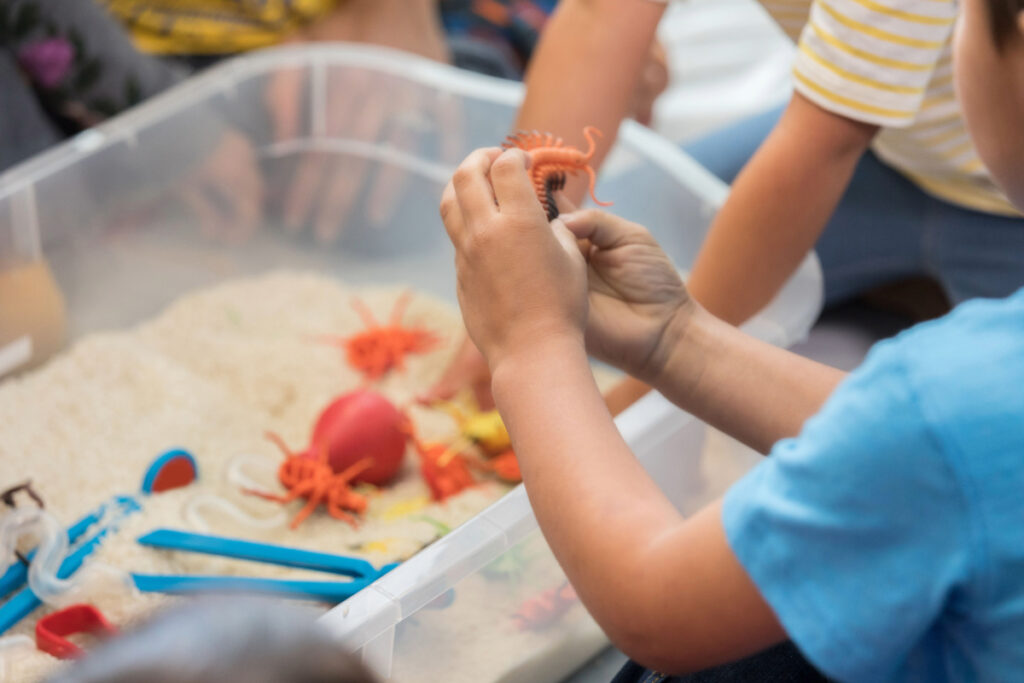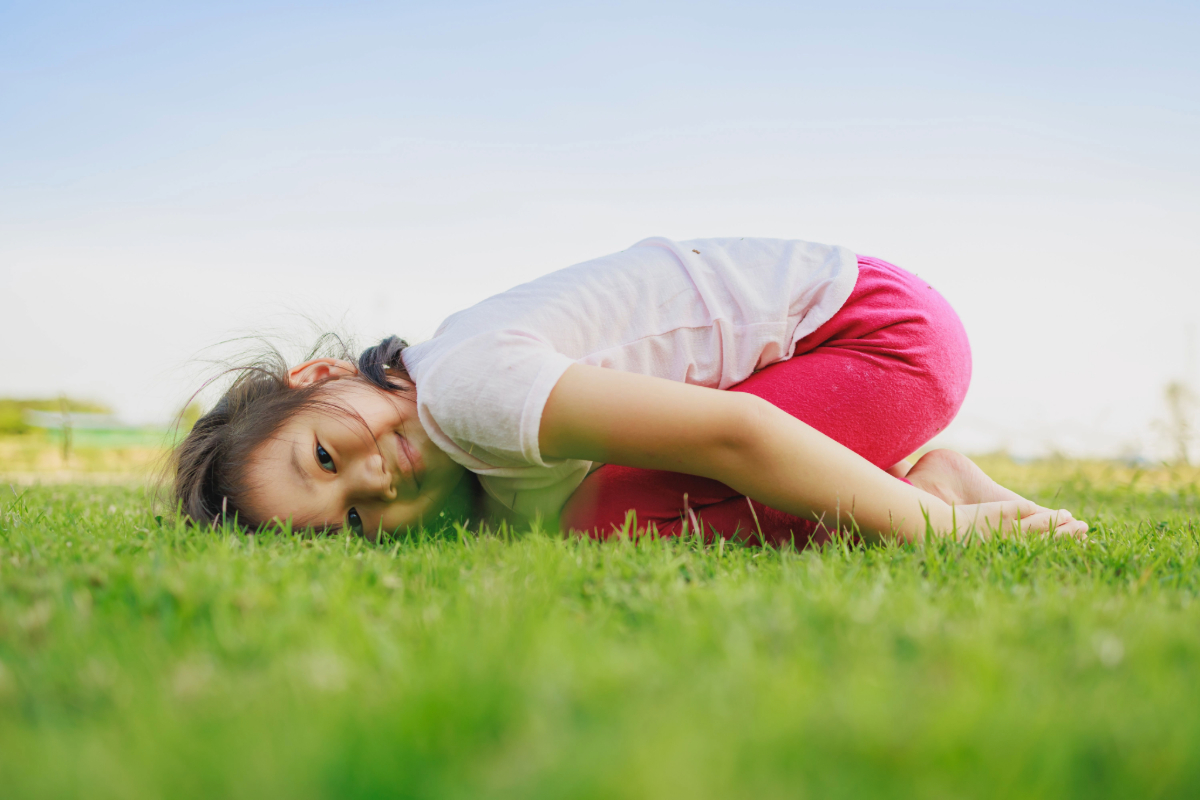5 Sensory-Friendly Activities for Children with Special Needs
These activities help reduce anxiety, improve focus, and create a comforting environment.
For children with sensory processing challenges, finding activities that are calming and gentle on the senses can be incredibly beneficial.
These sensory-friendly activities help reduce anxiety, improve focus, and create a comforting environment. Here are five activities to try at home or in the classroom:

1. Sensory Bins
Sensory bins are containers filled with materials like rice, beans, or sand that children can explore with their hands. Adding small toys or scooping tools enhances the experience. These bins encourage open-ended play, helping children develop fine motor skills and explore different textures in a controlled environment.
Tip: Place the bin in a quiet, low-light area to prevent overstimulation.
2. Calming Bottles
Calming bottles are clear containers filled with water, glitter, and beads. They create soothing visual patterns that help children focus and calm down when shaken. These easy-to-make bottles are perfect for providing a quick sensory break.
How to Make One: Fill a plastic bottle with water, add food colouring, glitter, or beads, and secure the lid tightly.
3. Weighted Blankets and Lap Pads
Weighted blankets and lap pads offer deep pressure stimulation, which can be calming for children with sensory processing disorders. The gentle weight helps them feel secure and reduces anxiety, making these tools great for quiet time or focused activities.
Choosing the Right Weight: The blanket or pad should be about 10% of the child’s weight.

4. Quiet Sensory Corners
A quiet sensory corner is a designated space designed to be a calming retreat. With soft lighting, soothing music, and tactile toys, this area provides a safe environment where children can regulate their emotions and sensory input.
Creating a Sensory Corner at Home: Use soft furnishings, low lighting, and a variety of sensory toys in a small area. Allow the child to use this space whenever they need a break.
5. Gentle Yoga and Stretching
Yoga and stretching help children connect with their bodies, improve balance, and develop motor skills. Simple poses and deep breathing promote relaxation and mindfulness, making yoga a valuable addition to daily routines.
Starting Out: Try “child’s pose” and “butterfly stretch” in a quiet, distraction-free environment.
Incorporating these sensory-friendly activities into daily routines can help children with special needs feel more comfortable, reduce sensory overload, and support their overall well-being.




